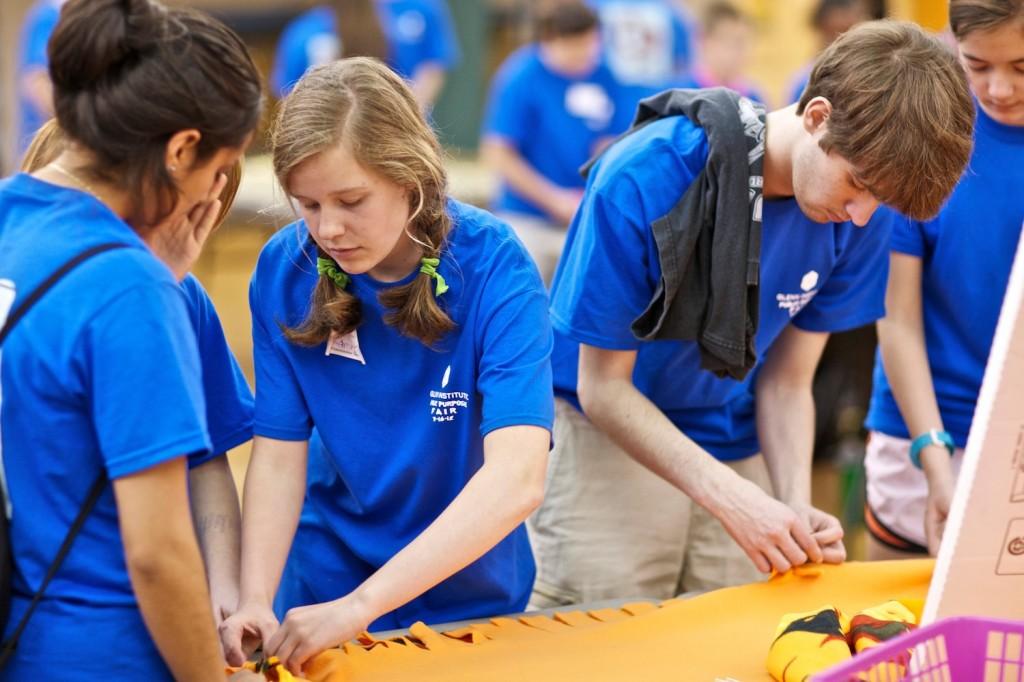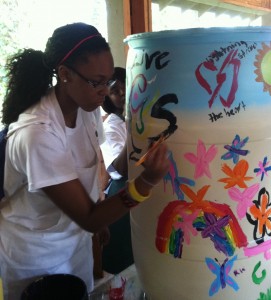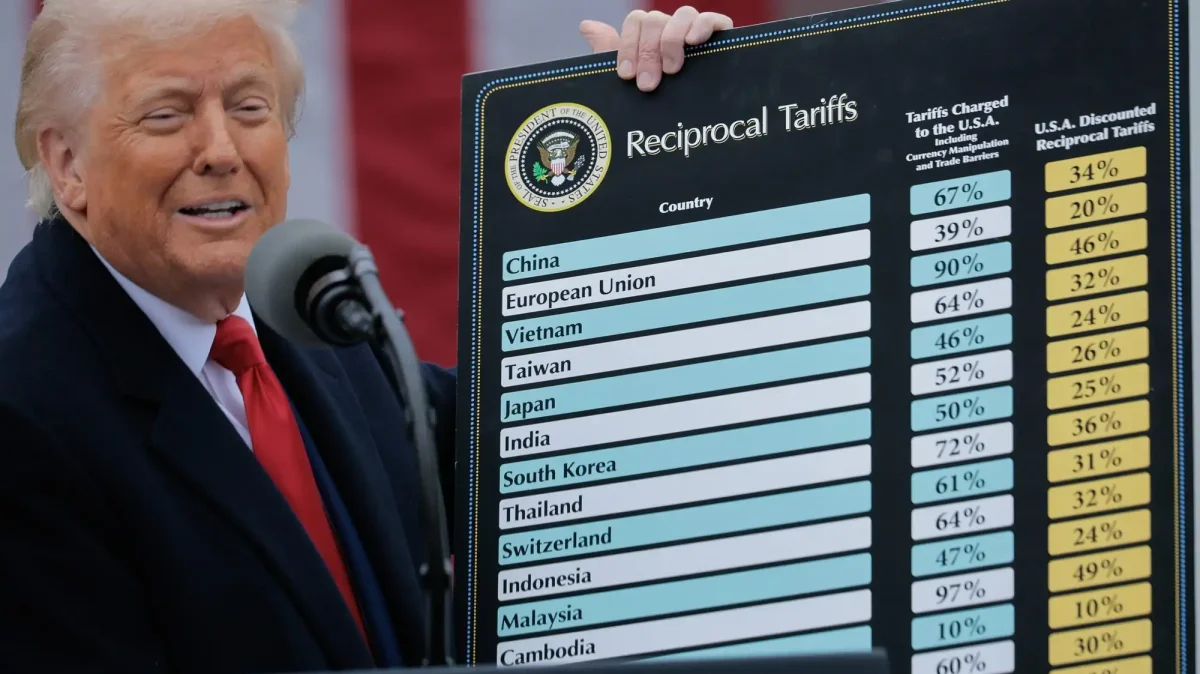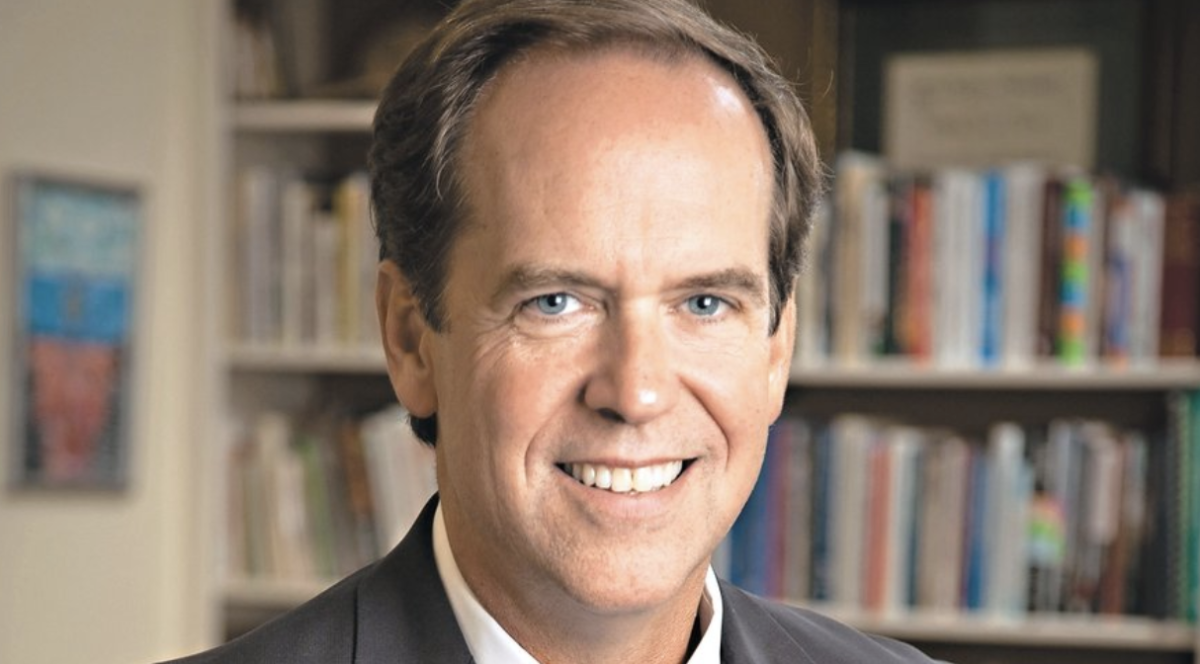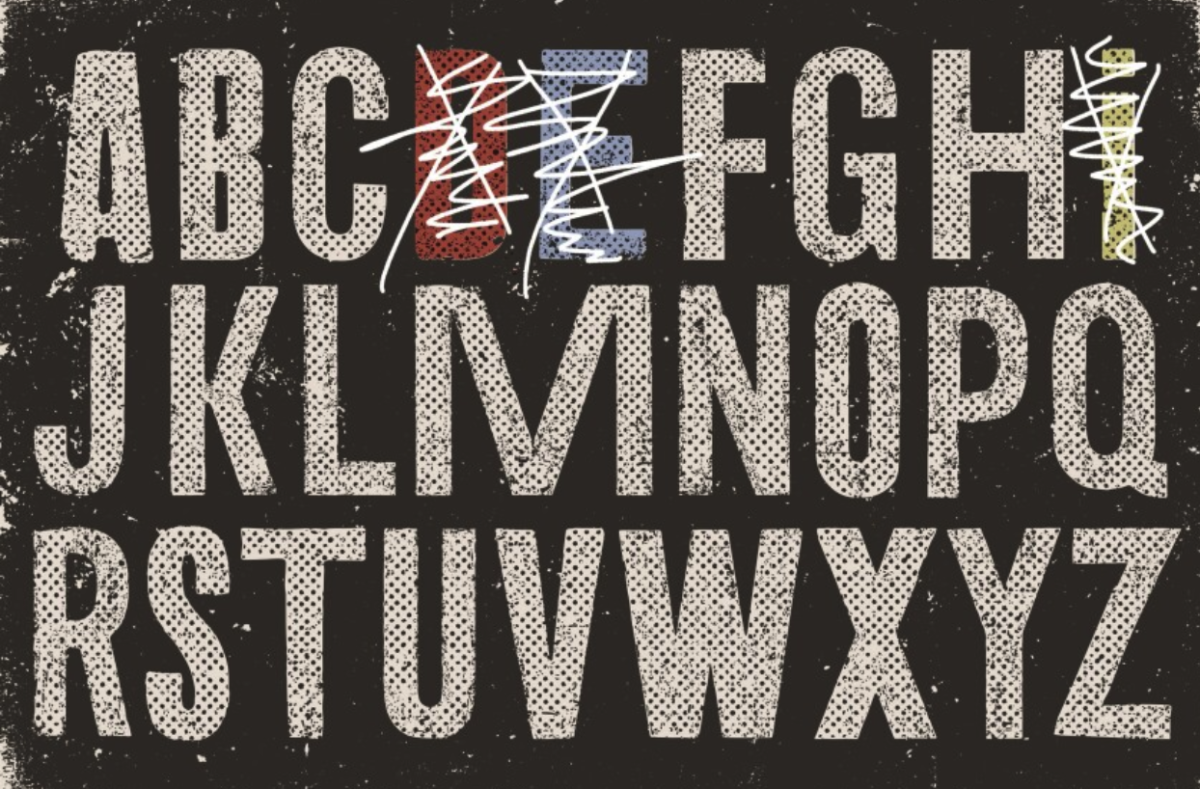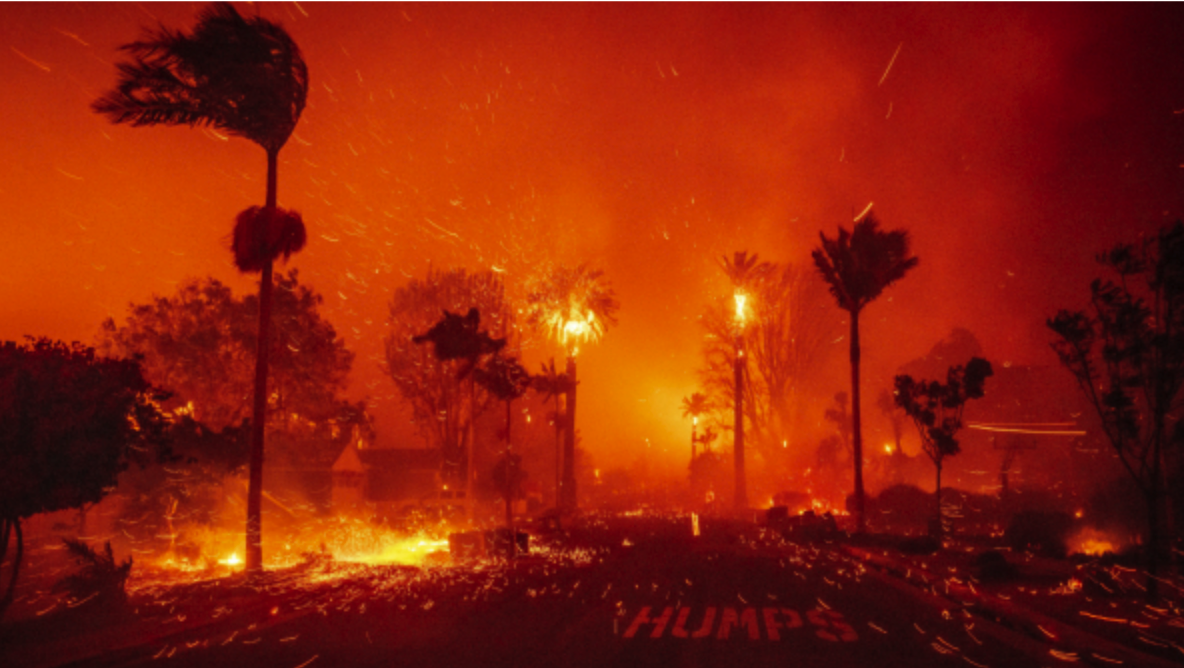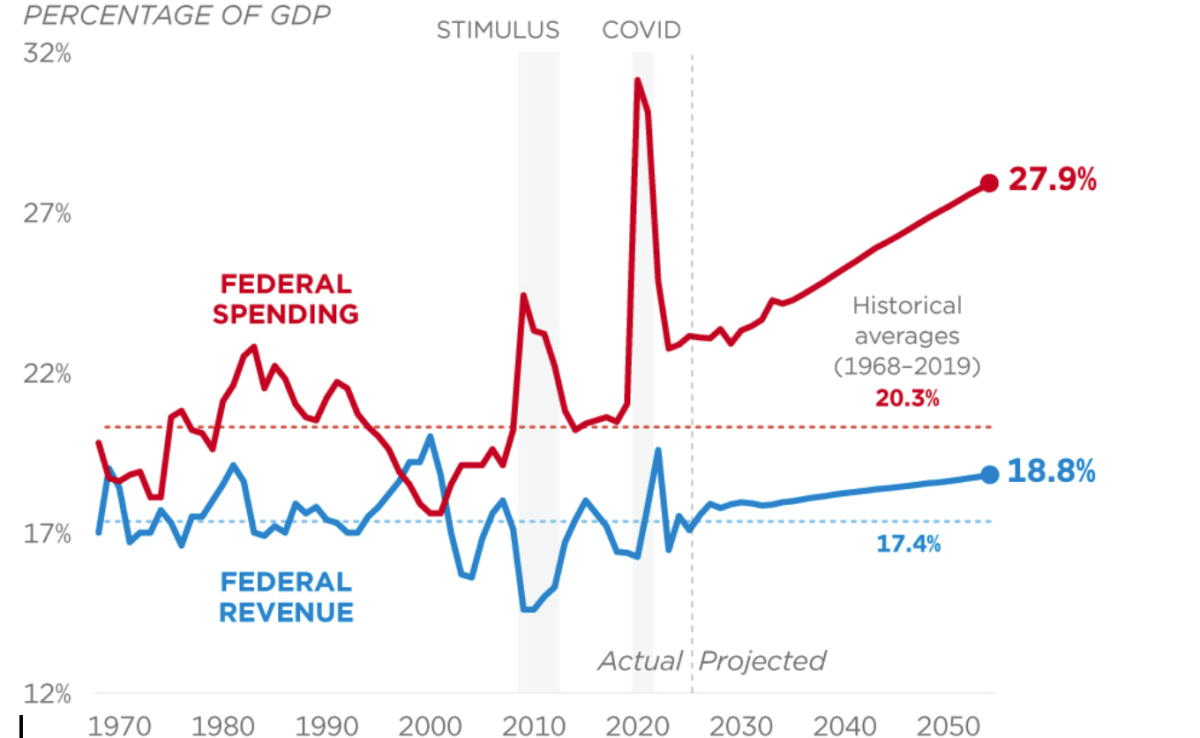On Friday, March 16, on the last day of Christian Emphasis Week, the entire student body walked onto campus for the Public Purpose Fair, unsure of what to expect.
The Glenn Institute sponsored the Public Purpose Fair, a day of service and learning for grades three to twelve at Westminster. Students in pre-first through second grade had their own activities in Love Hall, at the suggestion of the elementary school teachers.
The idea for the fair first came into play during the 2010-11 school year. The Glenn Institute had become aware of something at the Blake School in Minneapolis called Legacy Day, a daylong service project that brought the whole community together, with a focus on doing service as well as bringing in speakers. After hearing about this day, the director of the Glenn Institute, Luana Nissan, wanted to do something similar at Westminster, so the Public Purpose Fair came to be.
“Our main goal was always to increase engagement,” said Nissan, “and to increase the number of students that were involved in the different initiatives.”
Last year on the last day of Christian Emphasis Week, there was a service day in which the entire high school went out into the community to various nonprofits. Though this was very beneficial, going out into the local community doesn’t connect the students to each other or the rest of the school.
“We decided to see what it would be like if we kept everyone on campus,”
commented Nissan. “Because we had so many people, it actually created more donations and more impact on what we could do as a whole community while bringing our community together and interacting–having older students with younger students and trying to create some bonding experience.”
Taking the high school student body off campus to volunteer at nonprofits is a colossal task, and an impossible one when it comes to the entire school. Furthermore, nonprofits aren’t always equipped to handle large amounts of volunteers at once when they are accustomed to small groups.
“We intentionally chose that this wasn’t going to be a service fair. The high school has a service fair where there are a lot of nonprofits that set up information,” said Nissan. “It would have been hard to pick and choose which nonprofit organizations we could actually invite to do large-scale service projects.”
Before the fair, the students were split up into groups. There were four different “houses” of students named after colors, and within each house students were further divided into smaller groups. These groups were age and gender mixed, with students from a specific grade in the high school joined with students from a specific grade in the junior high or the elementary school. Several weeks before the fair, students split up into their groups for bonding activities in order to get to know their group.
“We had hoped that with having community-building activities ahead of time and then having the Public Purpose Fair that it would become a smaller group that you got to know,” said Nissan. “If we had left it to homerooms, then it would have stayed grade and gender segregated. We really thought that if we’re going to do a day like this, then to make it rich it needed to be mixed.”
Two student leaders, one boy and one girl, led each group. The student leader selection was done through a nomination process, where each homeroom advisor nominated two students from their homerooms. The Glenn Institute thought it would give an opportunity for students to lead activities and for faculty to take a step back.
On March 16, the Public Purpose Fair kicked off with an opening ceremony in McCain chapel. Since only part of the entire student body could fit into McCain, the opening service was broadcast to the rest of the school through WCAT at places like Kellett Theater.
Several organizations were on campus for the day. The organization Medshare International co-led the packing of medical supplies to be sent to developing countries. The Coca-Cola Company has a division focused on recycling that helped by educating students on water conservation, as well as by donating 68-gallon syrup drums to be converted into rain barrels for gardens at schools around Atlanta. Hancock Fabrics is a retailer that sold Westminster the fleece used in making 560 blankets at a very reduced cost. The blankets are still being distributed all over the world. Students made eco-friendly laundry detergent to be donated to three different homeless shelters all over Atlanta. Trees Atlanta also partnered with the Public Purpose Fair but was not actually on campus.
From an educational standpoint, a series of videos were made highlighting different opportunities available to Westminster students.
“We didn’t decide to do speakers like they did at the Blake School. What we found at the Glenn Institute, in talking to different faculty members, students of different age levels, and parents, was that our own community doesn’t know what’s coming up or what choices they could make [with service],” explained Nissan. “We decided that we should educate our own community about what opportunities are available, especially for the younger students, so we decided to create the videos.”
The Public Purpose Fair elicited mixed responses. Although most students seemed to enjoy it, some had suggestions on how it could be improved.
“I enjoyed doing community service, but the whole thing felt staged.” said junior Michelle Bonnot. “I would have liked if we’d done all five of the projects instead of having the movies.”
In response to points like these, Nissan explained that they’d heard back from multiple students who wanted to do service all day long, but that it was simply not possible because there aren’t enough large spaces on campus to do simultaneous service. Therefore, it needed to be split up between the videos and the projects.
Many positives came out of the Public Purpose Fair, in addition to the evident benefits for the community.
“We’ve learned a lot from these experiences, about what did work and didn’t work. We need to be more intentional about how we communicate if we’re sharing stories,” said Nissan. “We’re a community that really looks at service as coming straight from the heart, but we don’t talk about it. If we talk about how we can increase impact, increase effectiveness, even in something like service and giving, and increase understanding about it, you have to educate about it. If you don’t, people aren’t going to know what their choices are or be able to explore what they’re passionate about.”
Junior Matthew Greene agreed with this statement.
“This is a step in the right direction. I’m glad we’ve started having a big project to help the community. I look forward to seeing how it will grow and improve in the future.”
Westminster has learned that as a community it is possible to get students together and create opportunities where older students can be with younger students and where students can lead activities. The school believes that this has great implications for education in the future. The fair created different mentoring and leadership opportunities as well, particularly for the sophomores and freshmen, who aren’t given as many leadership options as the upperclassmen.
